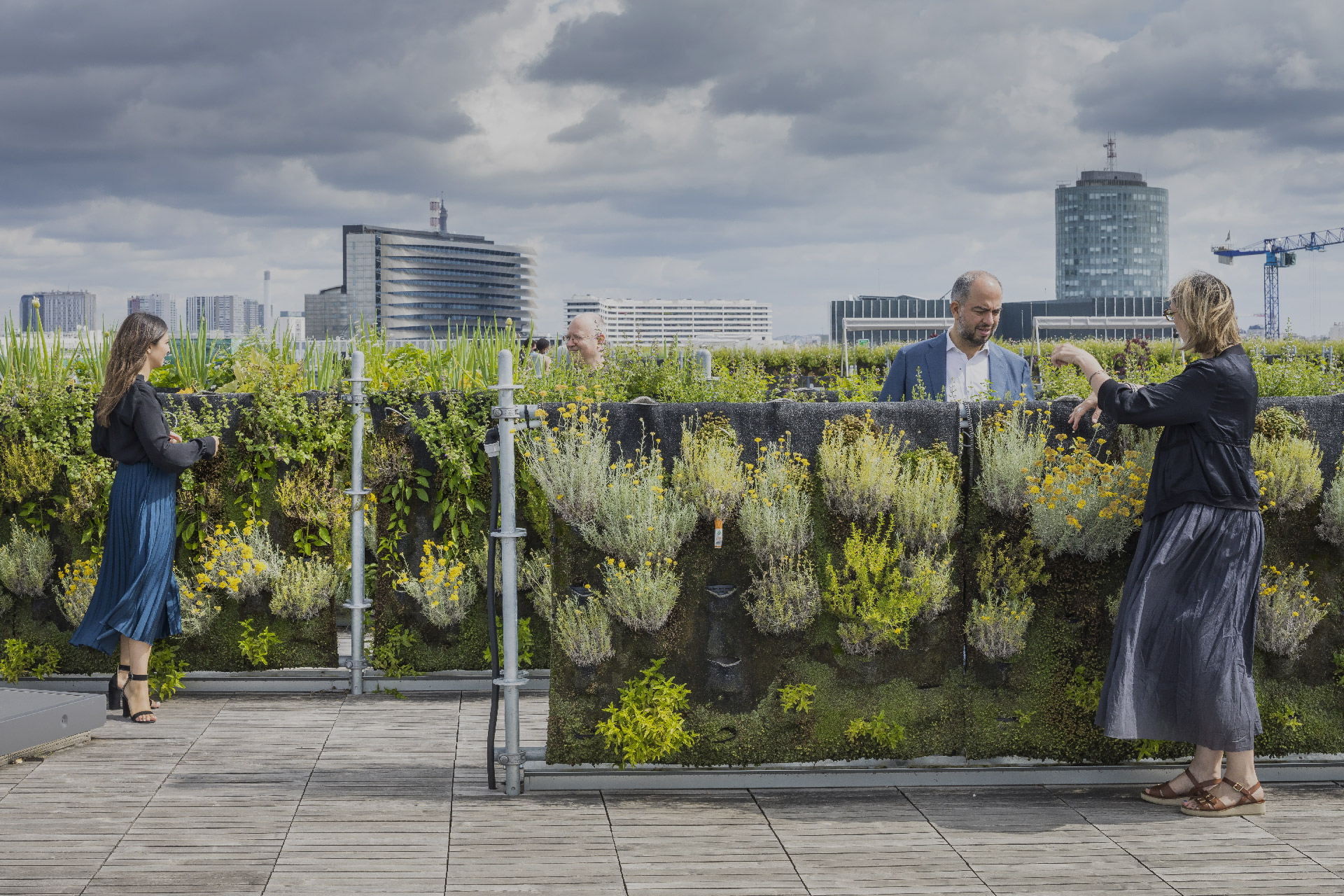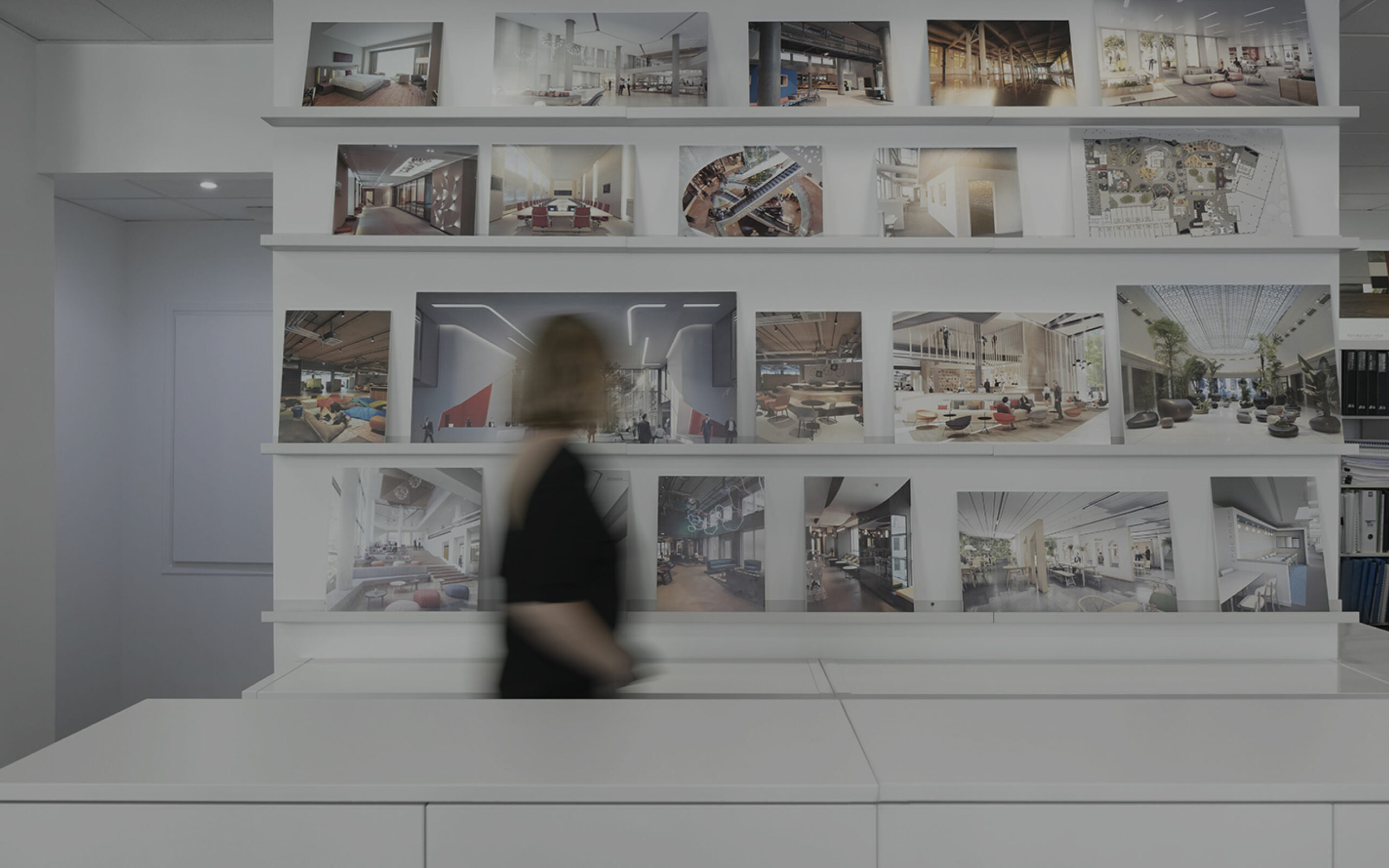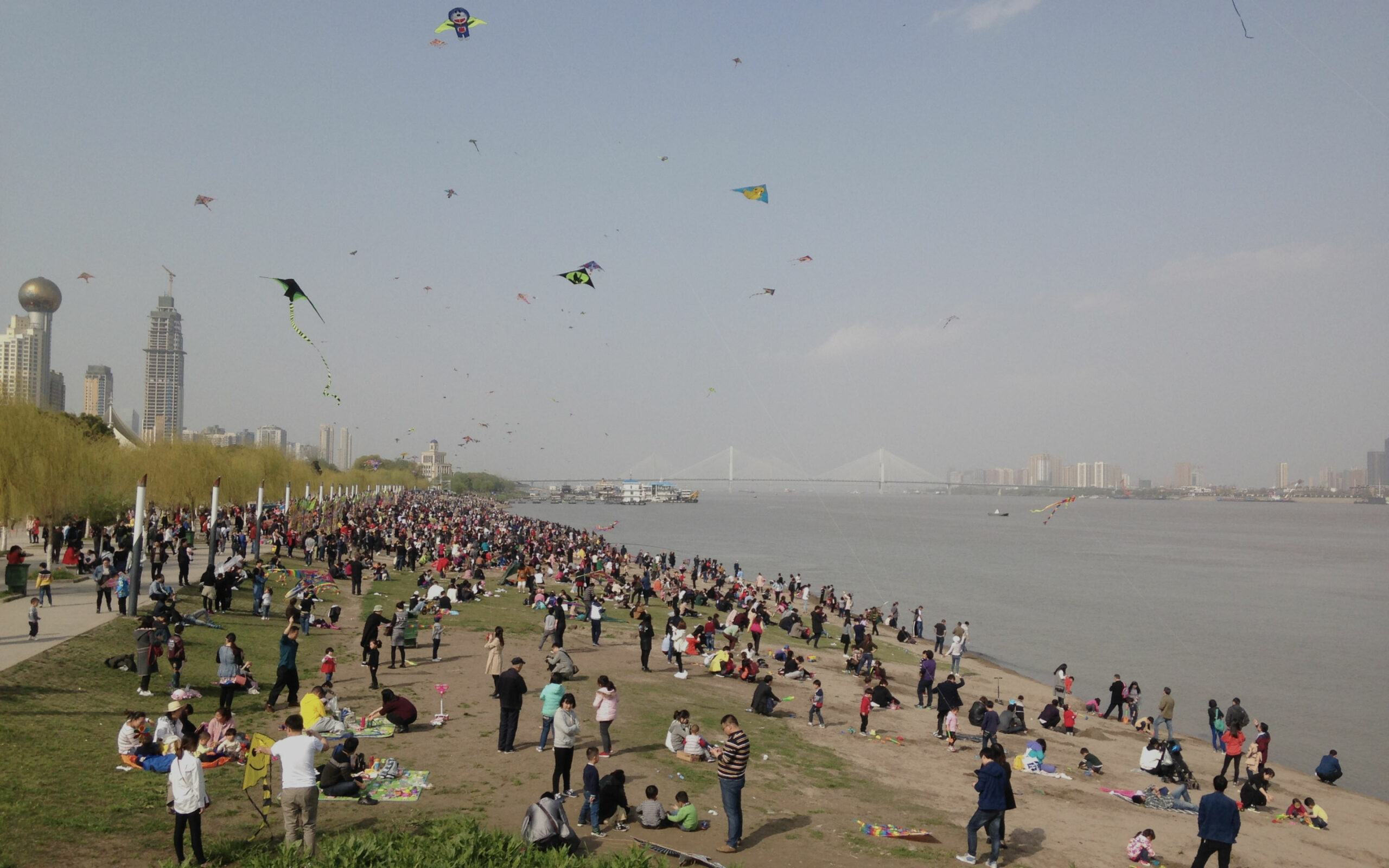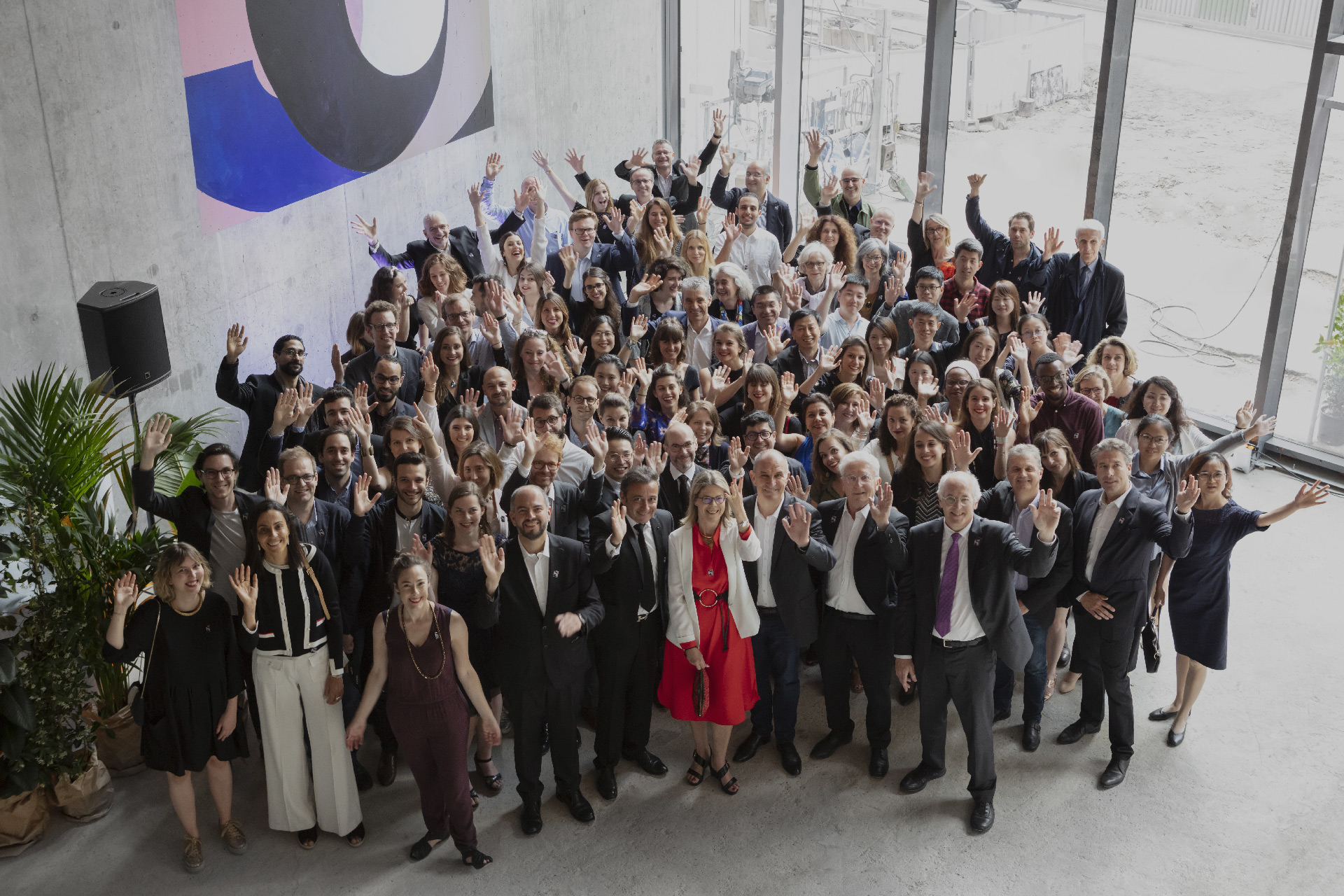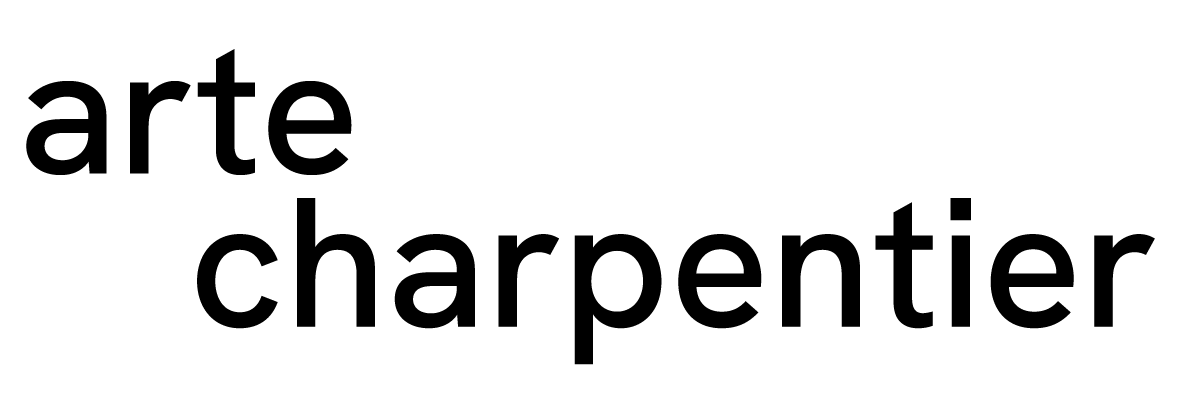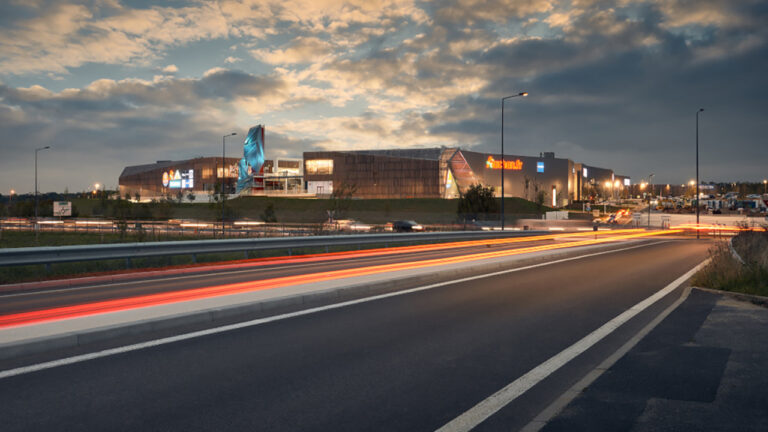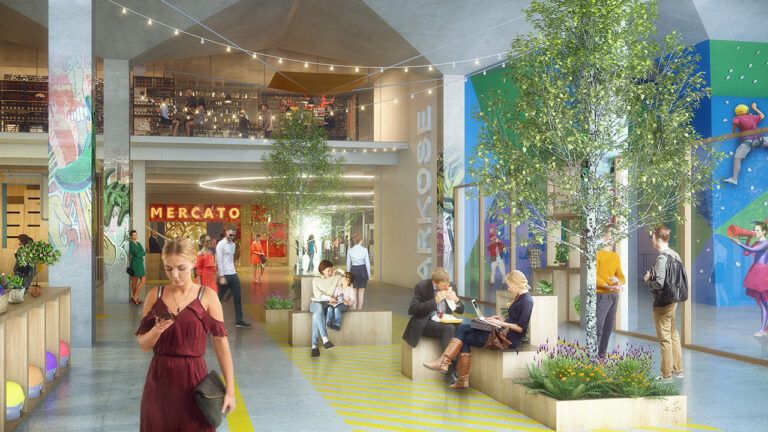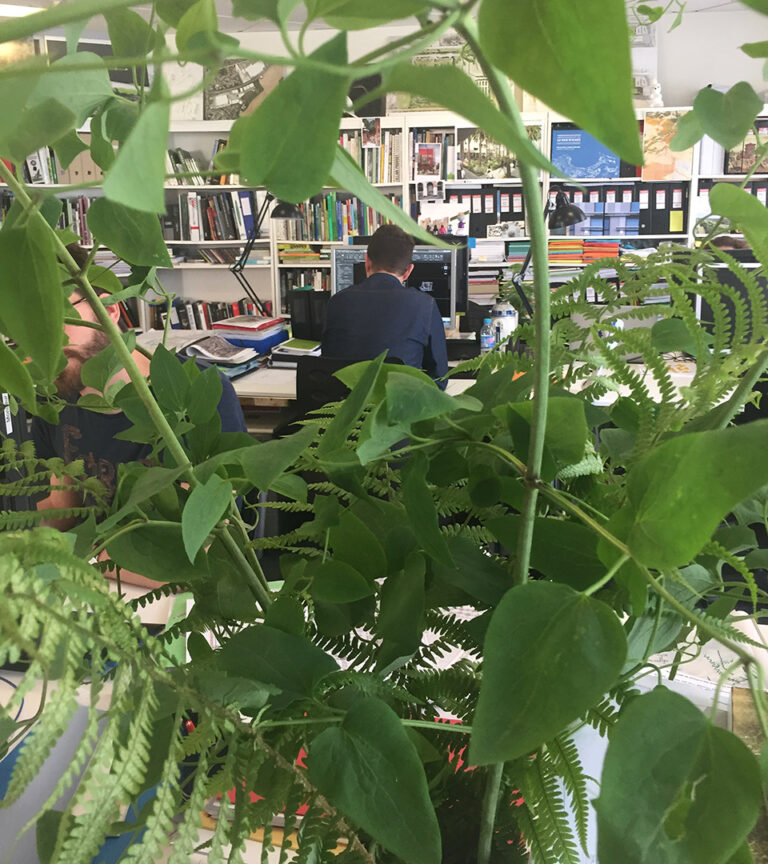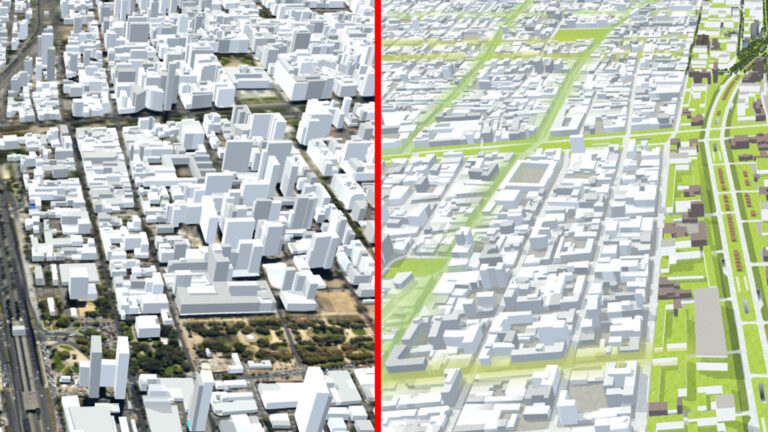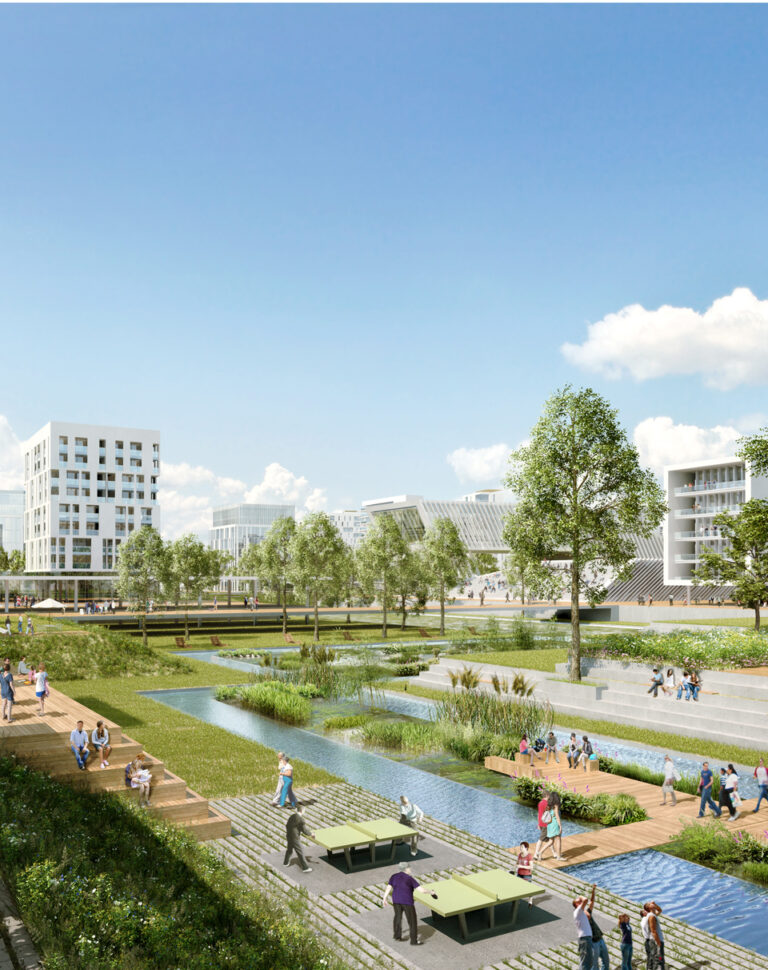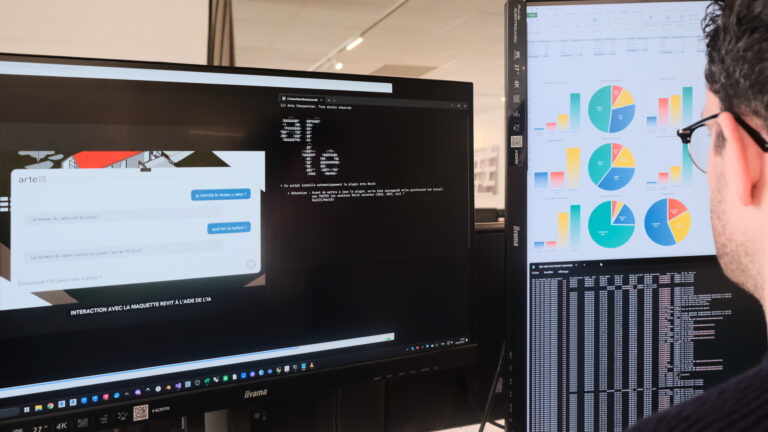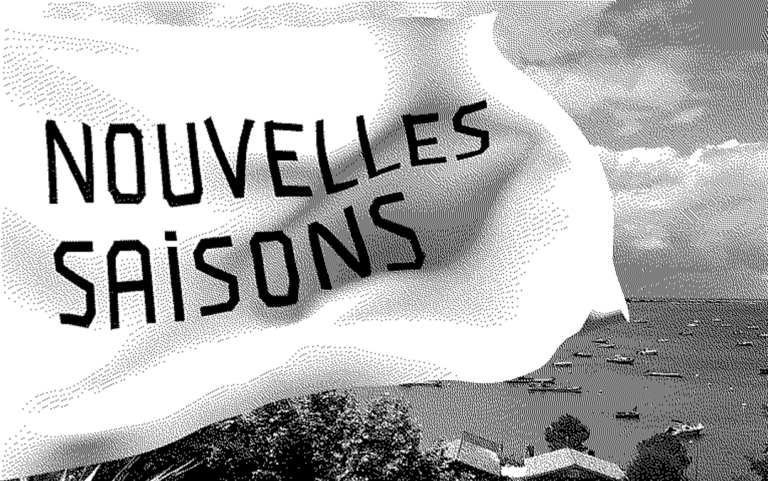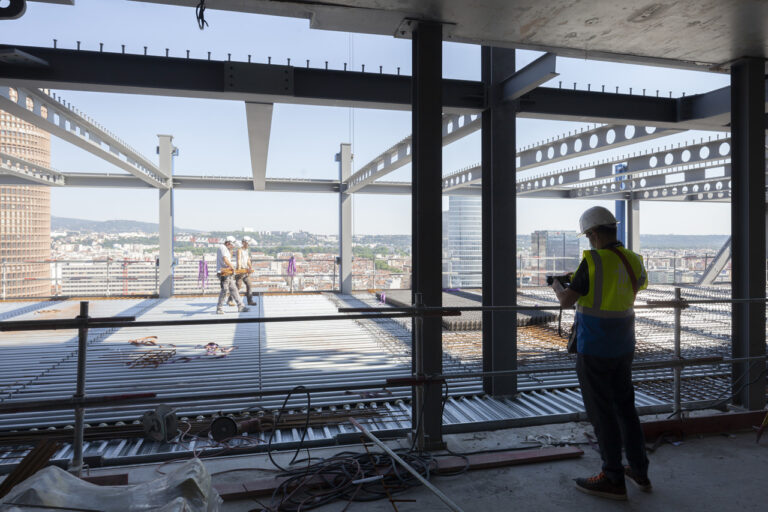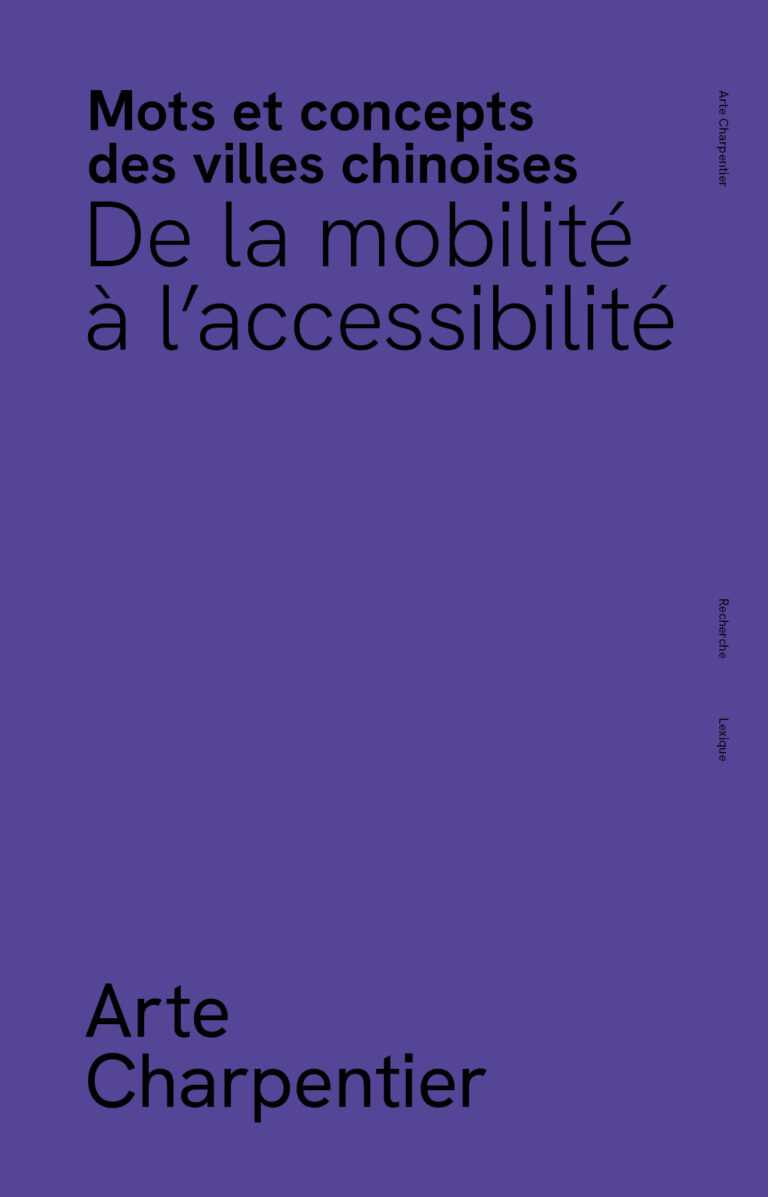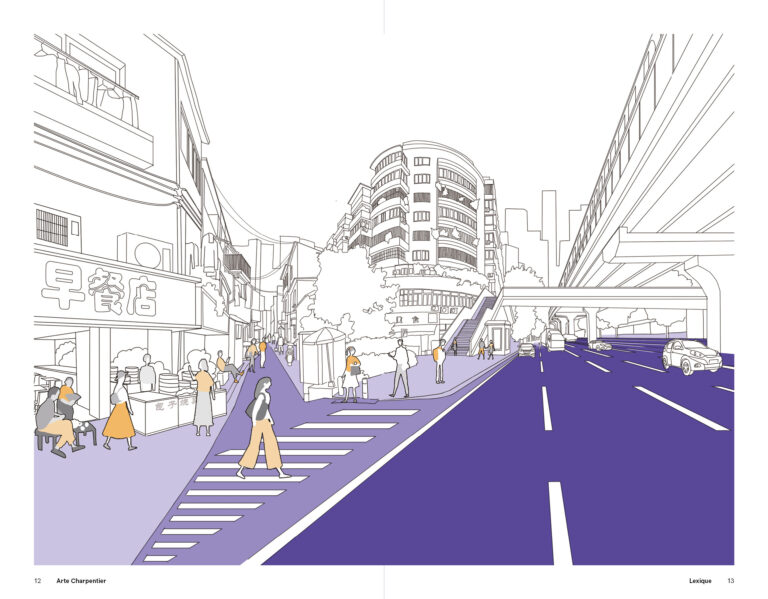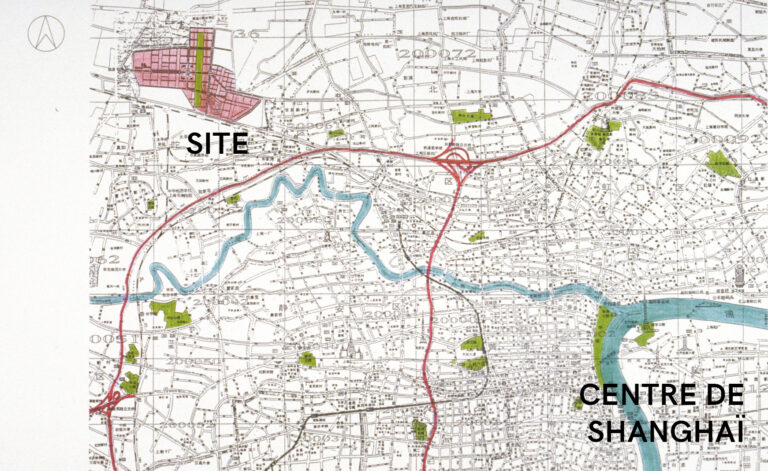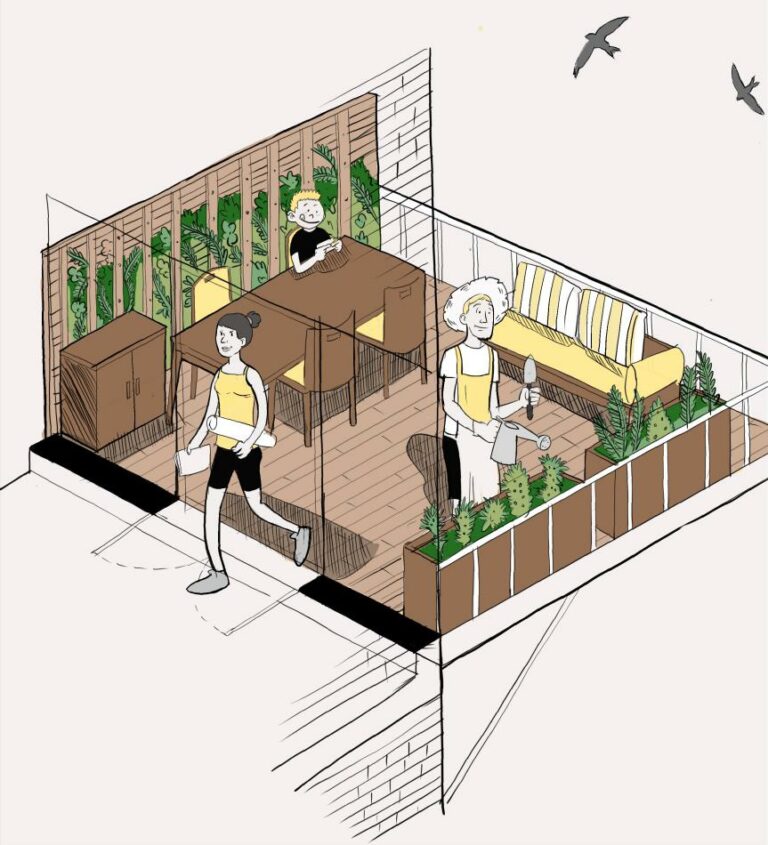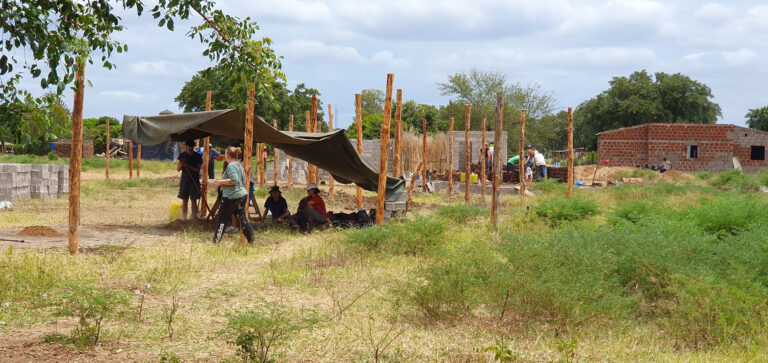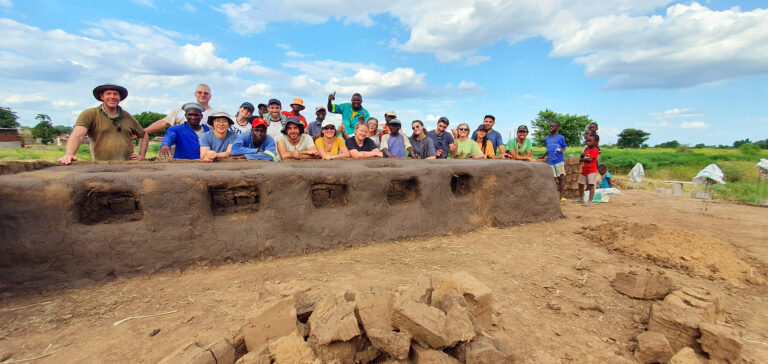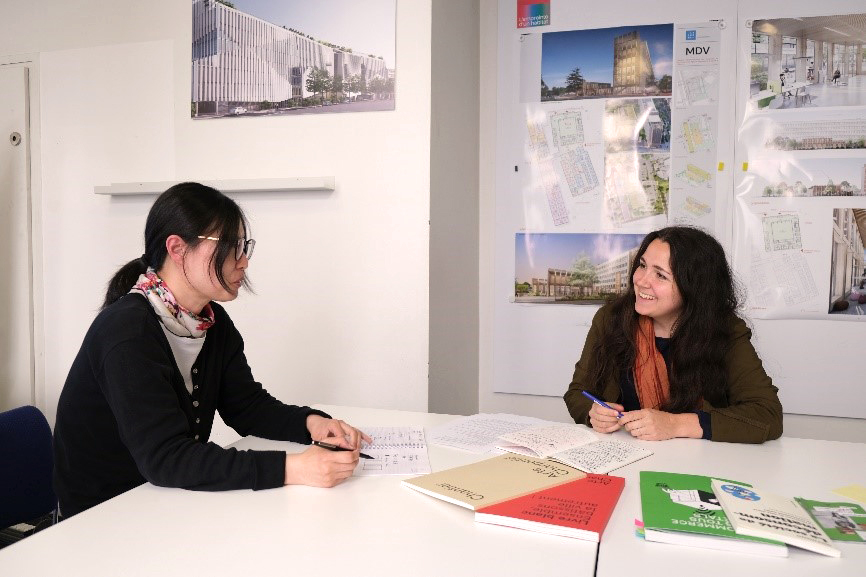
« I believe an agency that has an ambition like ours, whose acronym for 50 years has made it clear its will for research [ARTE stands for Architecture Research Technique Environment], has the responsibility and the necessity to always be at the forefront of the development of those questions. »
Pierre Clement
From the perspective of a « researcher », what place does research take in our career, particularly at the Arte Charpentier agency?
PIERRE CLEMENT
All the professions in our architectural field, from real estate to the creation of a living environment, need to set themselves in motion so that research is truly mobilized for strategic purposes to strengthen professions and give them their full justification in the future.
SOPHIA VERGUIN
Research at Arte Charpentier has been a part of the agency for a long time, being one of its particularities compared to others. Research work is teamwork first, it’s made both with all the present researchers in the agency and with architects, urbanists, interior architects, and landscapers that are a part of the project daily. So, in this scenario, the researcher is the pivot toward a vaster network in and out of the agency.
How to practice research in an architecture agency?
PIERRE CLEMENT
There is no time to waste putting research approaches in place, we must target the problems and give ourselves the resources to develop them. Because it’s not just a communication argument. If it is, it won’t last long and won’t have any effect. (…) There must be a short circuit between research and application in organizations’ projects. (…) Research within an architecture agency is not decreed, it is not something that comes from above. On the contrary, it is the work of people who, on the drawing board, ask themselves questions, and are able to formulate them in terms of research, because it is not only to find a solution, it is really to develop a research theme, share and deepen it by implementing a working methodology.
So how can a researcher position themselves? What is the role of a researcher in an architecture, urban planning, and landscape agency?
YANG LIU
If I observe my position within the agency, I would state that when I am in a research position, I consistently have a practitioner’s eye. And when I am working on projects, I always have a researcher’s vision. I feel like it is crucial to find a balance between these two principles, these two axes of work. Furthermore, I look into the future uses of research. How can my research be useful to someone, including practitioners and colleagues at the agency?
SOPHIA VERGUIN
Indeed, in terms of posture, as Yang said, the researcher’s primary objectives are to help ask research questions while juggling between the operational expectations of research for practice while also respecting scientific rigor. That’s, for me, why the researcher in the agency is the person who creates the connection and allows the ramifications to occur. As for its role, it is a question of identifying and creating emerging embryos of research questions, of helping to define them.
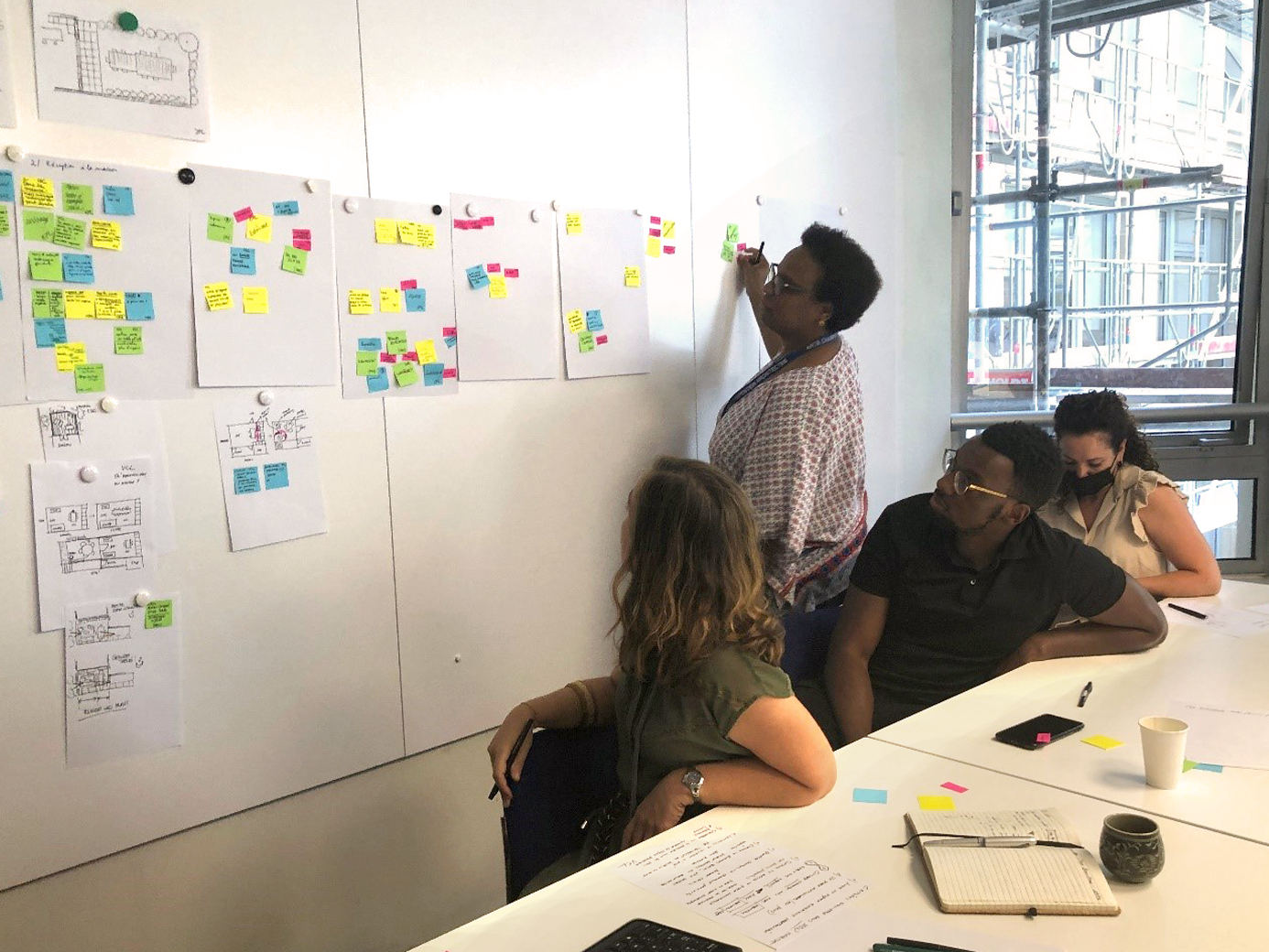
Collective workshop carried out internally, around housing quality
Do you think research is exclusively reserved for researchers?
YANG LIU
For me, research, in the sense of the elaboration of critical thinking, should be a basic training, not only for architects but also for all the other professions. The ability to ask a question, to research, and finally to answer that question. It’s a basic skill that everyone must acquire.
A research project at Arte Charpentier
Let us now present an example of a research project carried out within the agency. In 2014, Arte Charpentier carried out a project on three sites in collaboration with Lafarge. At the time, it was about submitting, on the sites of Biskra, Algiers, and Mascara, a collective housing project respectful of the environment and in line with the local climate and cultural habits. The projects were for the middle class.
Arte Charpentier looked into the structure and the organization of the many thresholds, from the most public to the most private, with a sort of gradient of intimacy of the floors with a very rich palette.
In Algiers and Mascara, the typology of houses with a patio has been reinterpreted and incorporated into the projects. Ksars and palm groves inspired Biskra projects, located at the gates of the desert. The effects sought by the project were to create islands of freshness and work on shadows.
-

Sophia Verguin Doctoral architecture student
research officer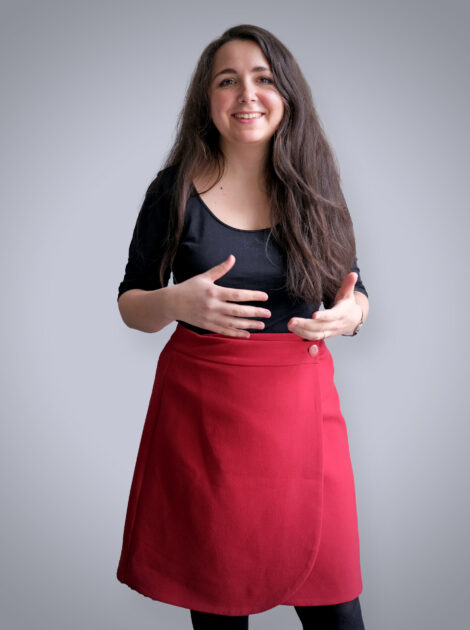
THESIS
« Le centre commercial de demain : une centralité en devenir ? S/Chopping malls, La nouvelle fabrique de la cité » – co-direction Université du Mans (ED STT, ESO Le Mans) and Université de Paris (ED 131, CERILAC)
TRAINING
Architect H.M.O.N.P. – École Nationale Supérieure d’Architecture de Paris-Belleville (2019)
Diplôme d’État d’architecte – Research option – Ecole Nationale Supérieure d’Architecture de Paris-Belleville (ENSAPB) (2018)
Bachelor of Architecture – Ecole Nationale Supérieure d’Architecture de Paris-Malaquais
Other training: Evening course in the history of science and technology at the Ecole du Louvre. (Techniques of bronzes & ceramics, stained glass, goldsmithery, etc.) (2017)
PRIZES
Best Architectural Thesis Award (2018) – « Confiner in fine ? : les laboratoires de sciences expérimentales au Collège de France » – awarded by the Maison de l’architecture Ile-de-France
-
-

Pierre Clément Architect & Urbanist, Associate, Researcher, Administrator
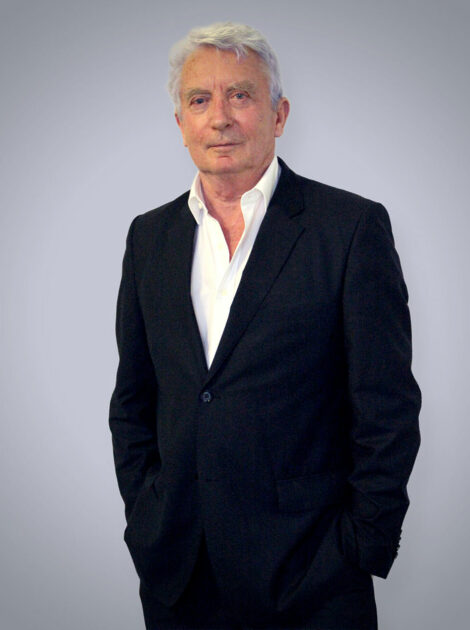
Administrator
EDUCATION
Architect DPLG – École Nationale Supérieure des Beaux-Arts de Paris
Diploma – Institut des Langues et Civilisations Orientales
PhD in Ethnology, with first class honours – Paris la Sorbonne
TEACHING
Professor at Paris-Belleville School of Architecture since 1984
PROFESSIONAL AFFILIATION
Director of the Institut Parisien de Recherche Architecture Urbanistique & Sociétés (IPRAUS – Joint Research Unit CNRS AUS)
Former Vice-Président of the Institut Français d’Architecture
Member of the Académie d’Architecture
Urban Planner of the French Society of Urban Planners
DISTINCTION
Medal of the Royal Order of Sahametrei, awarded by the King of Cambodia (2013)
PUBLICATIONS
De l’Architecture à la Ville, ICI, 2012, Wenyi Zhou and Pierre Chambron – foreword
Bâtir la Ville et créer l’urbanité, Le Mécène, 2009, Antonio Frausto, Claire Néron and Pierre Clément
Vientiane, architecture d’une capitale, with S.Clément −Charpentier, Paris, Recherches/IPRAUS, collection Cahiers de l’IPRAUS, 2010
Arte Charpentier and partners, Dalian University of Technology Press, 2005 Arte Charpentier, éditions du regard, 2003
